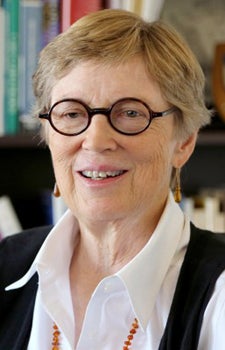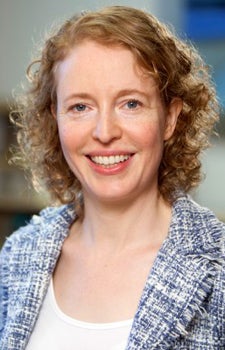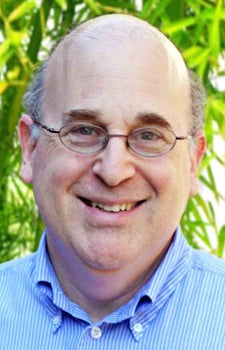
What are the origins of Alzheimer’s disease, and how can we stop it?
Alzheimer’s, a disease that can bankrupt families financially and emotionally, is a wicked problem for which there is no cure even though it was discovered more than a century ago. Family caregivers, according to the Alzheimer’s Association, spend an average of at least $5,000 a year to support a loved one with Alzheimer’s, the sixth leading cause of death in the United States.
As established last year by President Barack Obama, November is National Alzheimer’s Awareness Month. USC’s robust community of internationally recognized faculty is working to demystify the degenerative disease and find ways to prevent, treat and cure it.

Photo by Matt Meindl.
Identifying the risks
“We do not yet know how to prevent or cure Alzheimer’s disease. The two main risk factors are old age and genetics. Our group is studying twins to identify risk factors that, once modified, may slow or delay the degenerative disease.
“Because twins share the same genetic risk, we can more directly study contributing factors to Alzheimer’s based on variations within the pair. Using this design, we have identified midlife diabetes, overweight and stress as modifiable risk factors. Higher education and a more complex occupation protect against Alzheimer’s.”
Margaret Gatz
Professor of psychology at USC Dornsife. Gatz also holds joint appointments in gerontology from USC Davis School of Gerontology and in preventive medicine from the Keck School of Medicine of USC.

Photo by John Skalicky.
Investigating ground zero
“The first place in the brain that Alzheimer’s pathology is seen is in a small brainstem nucleus called the ‘locus coeruleus.’ By age 30, nearly everyone has some initial signs of this pathology in the locus coeruleus. In our research, we are examining how the locus coeruleus contributes to emotion and cognition and how it is affected in aging and Alzheimer’s disease.”
Mara Mather
Professor of psychology at USC Dornsife. Mather also holds a joint appointment in gerontology at the USC Davis School.

Photo courtesy of Paul Aisen.
Ongoing trials show promise
“Thirty years ago, there were no treatments for Alzheimer’s disease. There was no acceptance of the idea that memory could be treated because memory seems a vague notion … We’ve come a long way since then. We have developed the tools to study drugs for Alzheimer’s and have developed effective therapies.
“But the sad truth is that one-third of people over 65 have evidence of brain pathology called amyloid that leads to Alzheimer’s disease. Today Alzheimer’s disease is not considered to be a disorder that begins with the onset of dementia. It’s a disease that begins 15 or 20 years earlier.”
Paul Aisen
Director of the USC Alzheimer’s Therapeutic Research Institute and a professor of neurology at the Keck School of Medicine